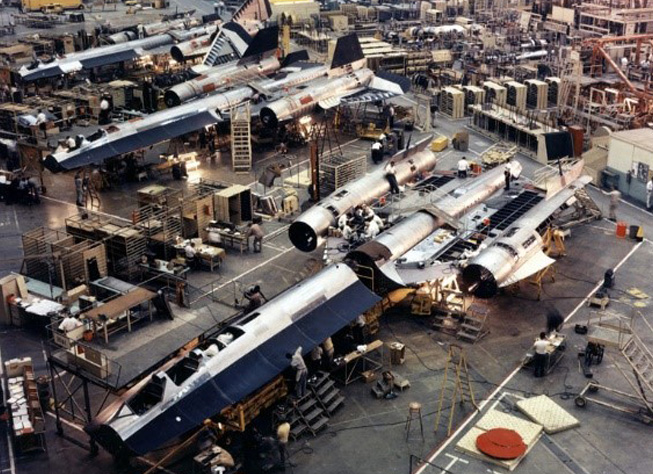Between 1968 and 1972, ARPA supported an effort proposed by the University of Denver to use explosives for forming metal parts for aerospace applications. The underwater process relied on a mold for the part over which was placed a plate of the metal alloy to be used.
This preparation, when immersed in water, would feel the shock of an explosive charge to such a degree that the metal plate would be forced against the die. The process could reproducibly deliver serviceable parts out of steel, aluminum, titanium, and Inconel, a superalloy. The effort opened a new way to produce a variety made of aerospace components, including engine parts such as engine diffusers and afterburner rings for Pratt &Whitney engines that powered the storied SR71.
The variation of the process also was deployed for many years to weld superstructures to the decks of U.S. Navy warships.
